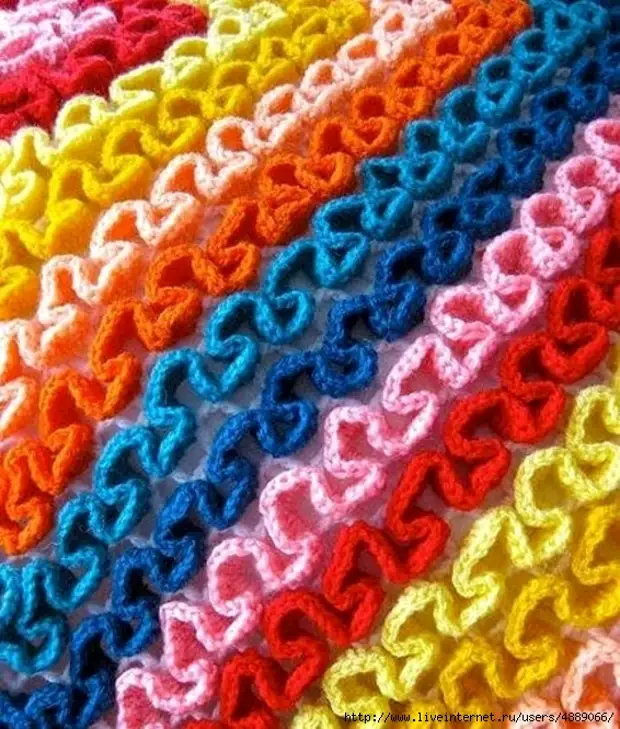
"Labyrinth" came to the world of knitting recently, as one of the knitting options on the grid. Today there are two main options for its execution: the thread of one texture and color or a combination of colors in a certain order. The second direction provides very great opportunities for the conversion of a heap of small unnecessary gloms into a volumetric colorful cloth under the observance of several conditions when knitting this pattern.
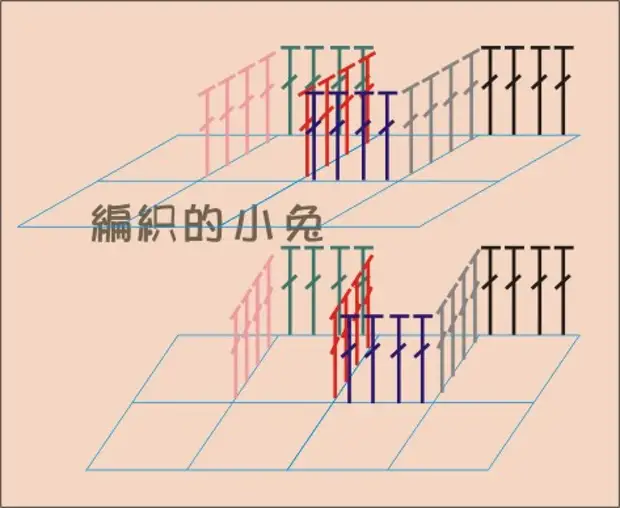
It is believed that something similar once knitted in the southern edges of the harnesses twisted from the flexible plants stems, but the idea of performing the pattern in color came from Asian countries, or rather from Japan, where one of the first schemes was published. The entire pattern can be divided into two stages: knitting the fillet mesh - the base on which the required number of colors of the desired color is then imposed on one of the sides. For Asian masters, it is characterized by using instead of the base of a rare plastic mesh or canvas for embroidery, especially this can be seen when knitting bags.
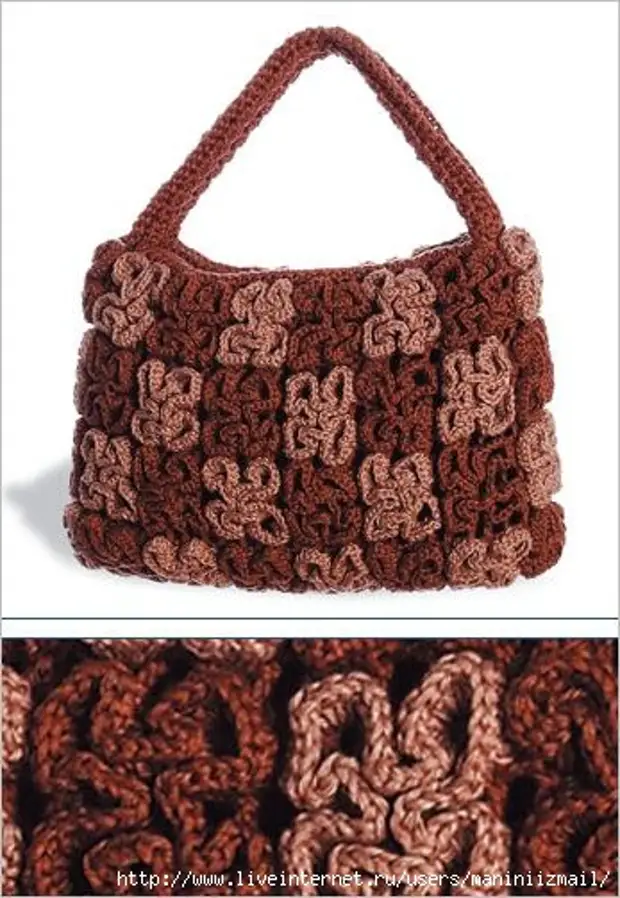
Description of work
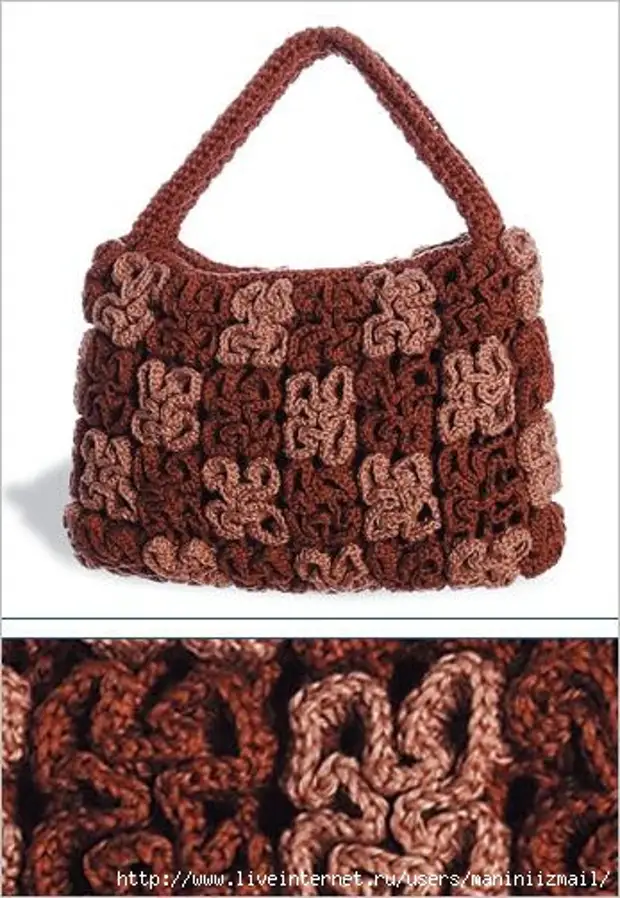
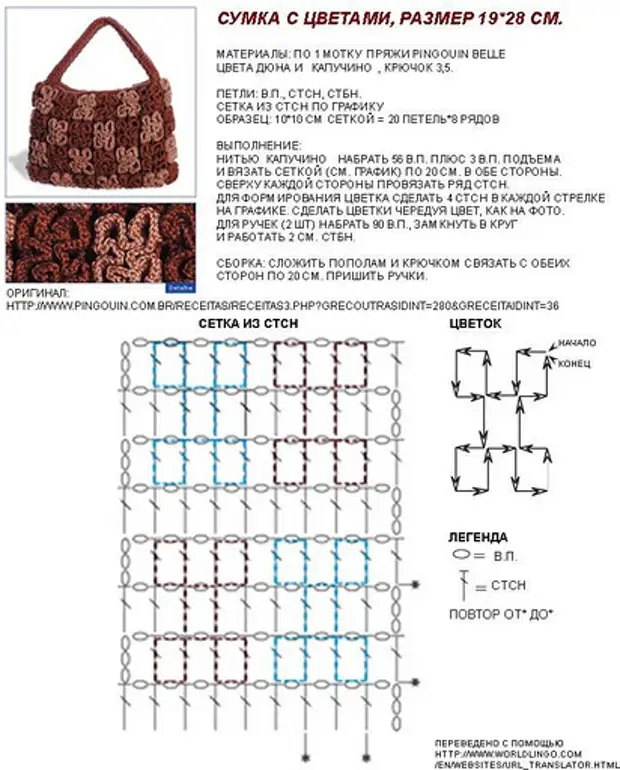
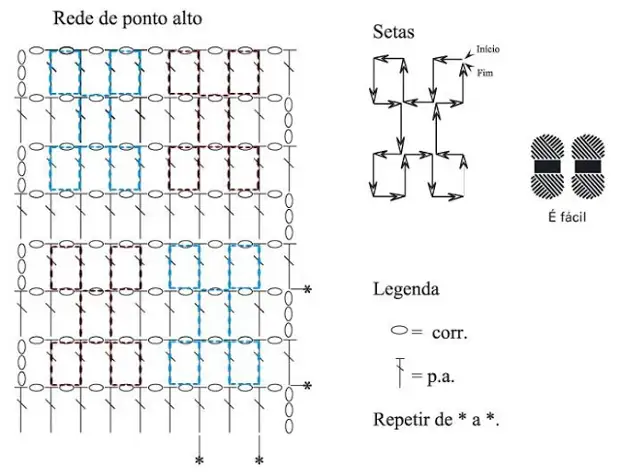
When performing the "Labyrinth" pattern, you need to remember the main rule: the number of columns with Nakud should be sufficient so that they rise above the grid in the form of a winding ribbon, so when knitting is a thick thread, there will be enough three columns with Nakud at each transition, and when working With a fine thread, the number of columns can reach ten.
For many handmakers, familiarity with this pattern began with the publication of the handbag, which is depicted in the photo. Designers offered a very interesting combination of texture and colors.
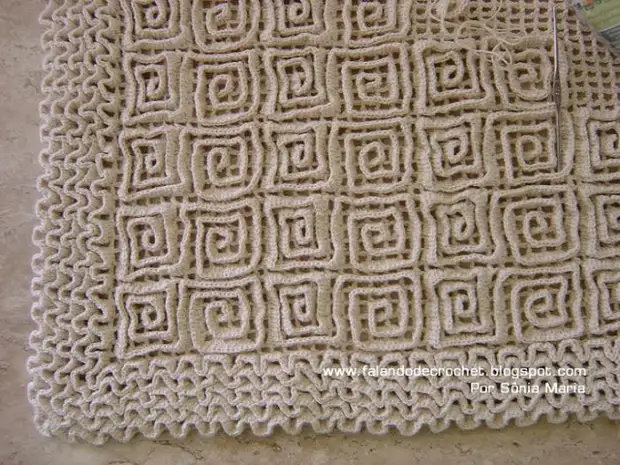
When describing the labyrinth pattern, it is difficult to bypass his Brazilian version. The masters, who dispute the authorship of Japanese, create when knitting capes, plaids, covered and pillows some similarity to antique Greek patterns. For trying to repeat you need to be patient, because not one sample will be associated so that the pattern is expressive and volumetric. The main difference of this direction from the multi-colored: the base is visible to be visible, which is necessarily crocheted.
The "labyrinth" pattern is relatively new, all of its possibilities are not yet disclosed by designers, but he already can help with needlewomen to cope with those deposits of clubs and glomers who remain after large work.
A source
